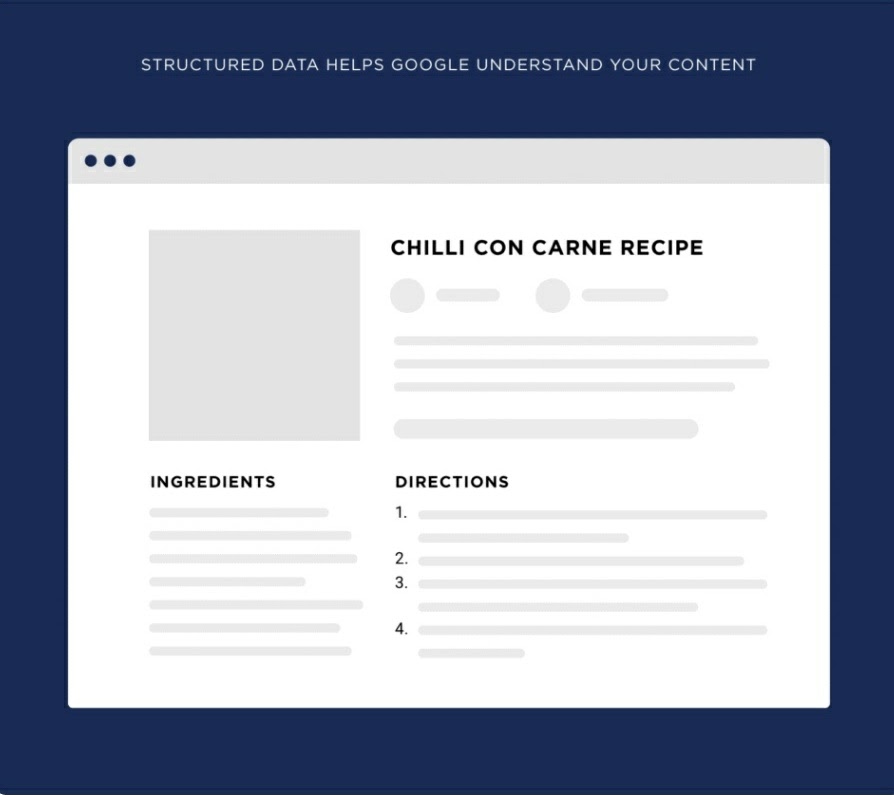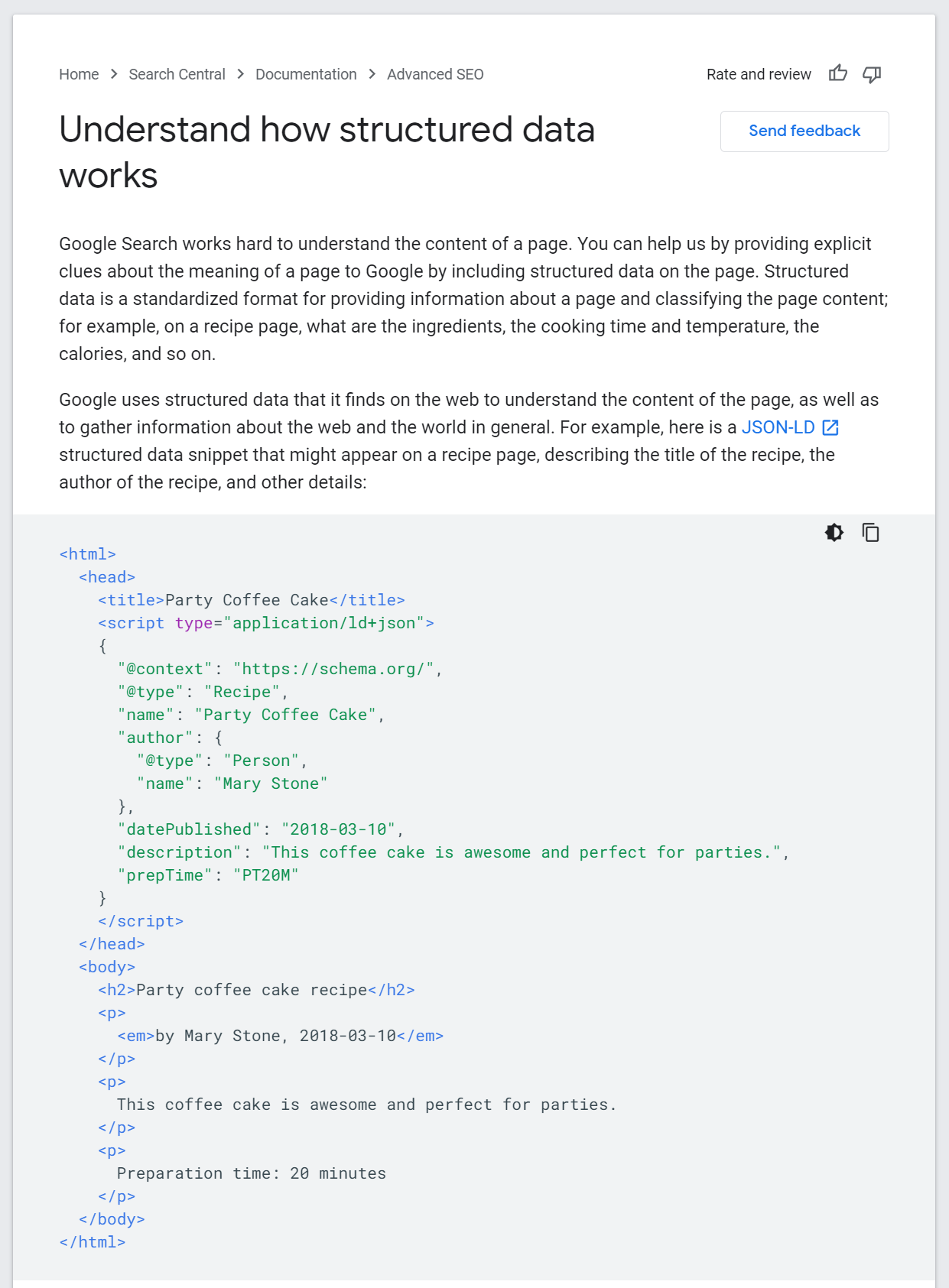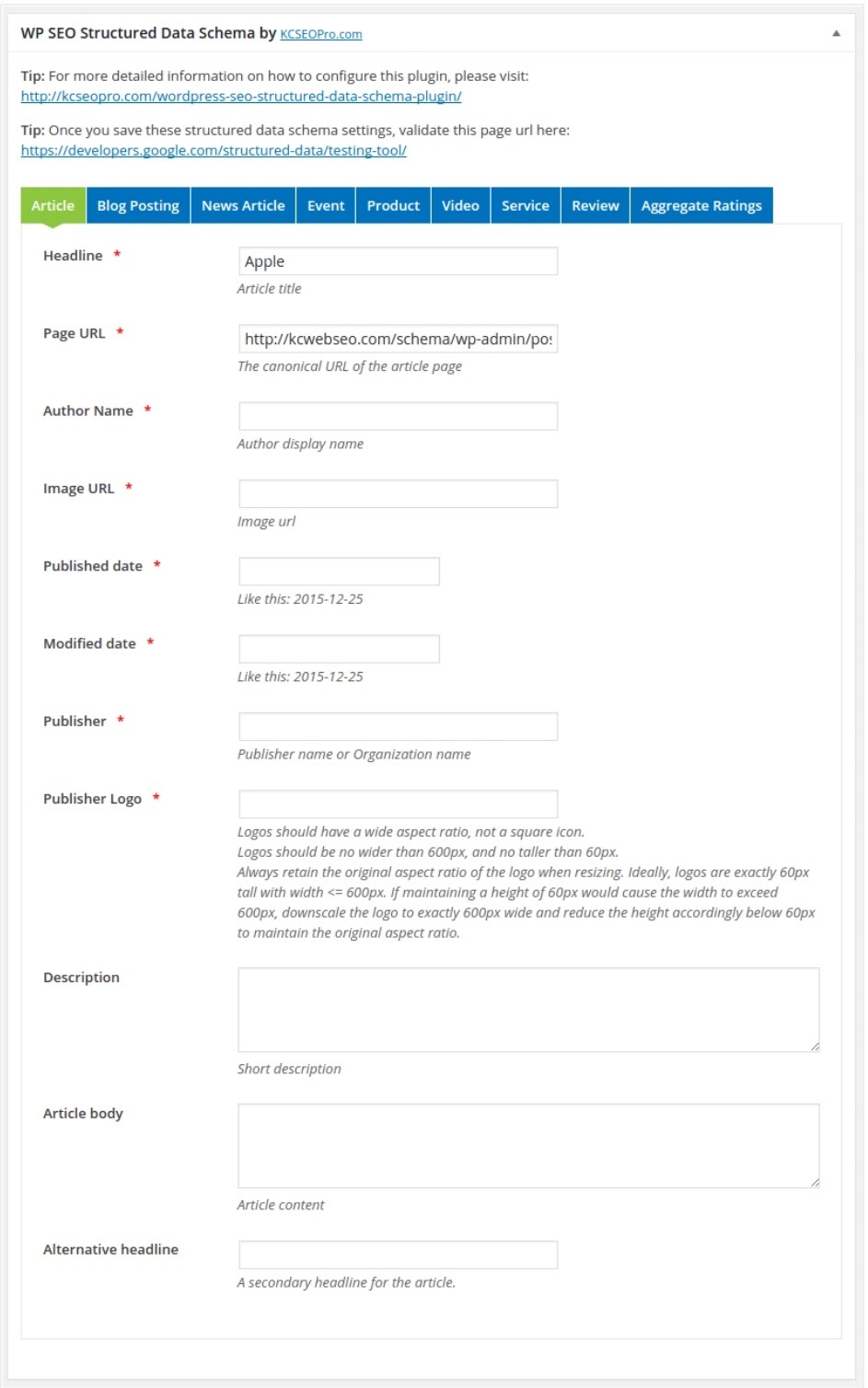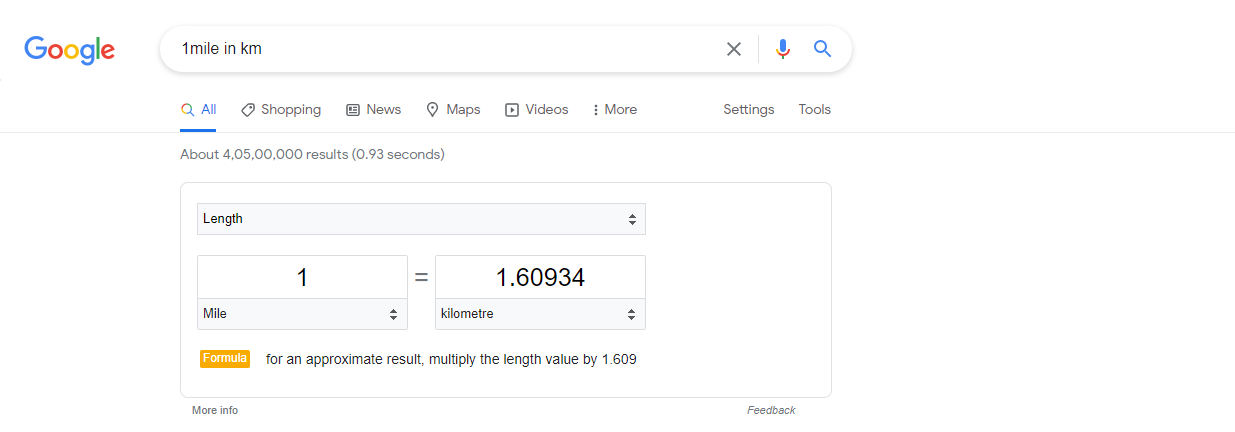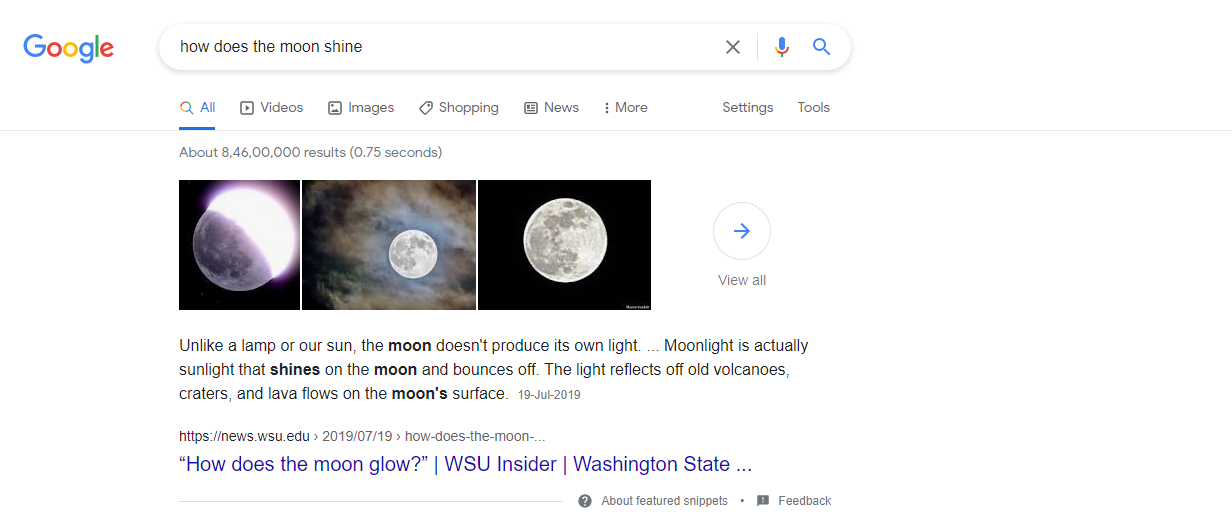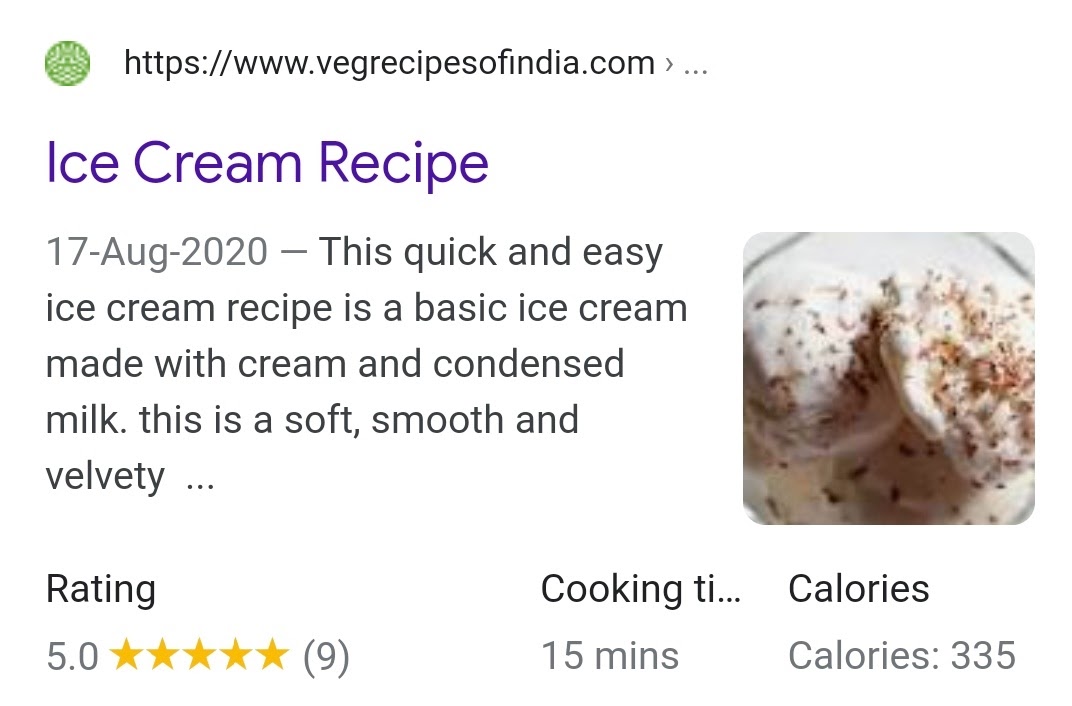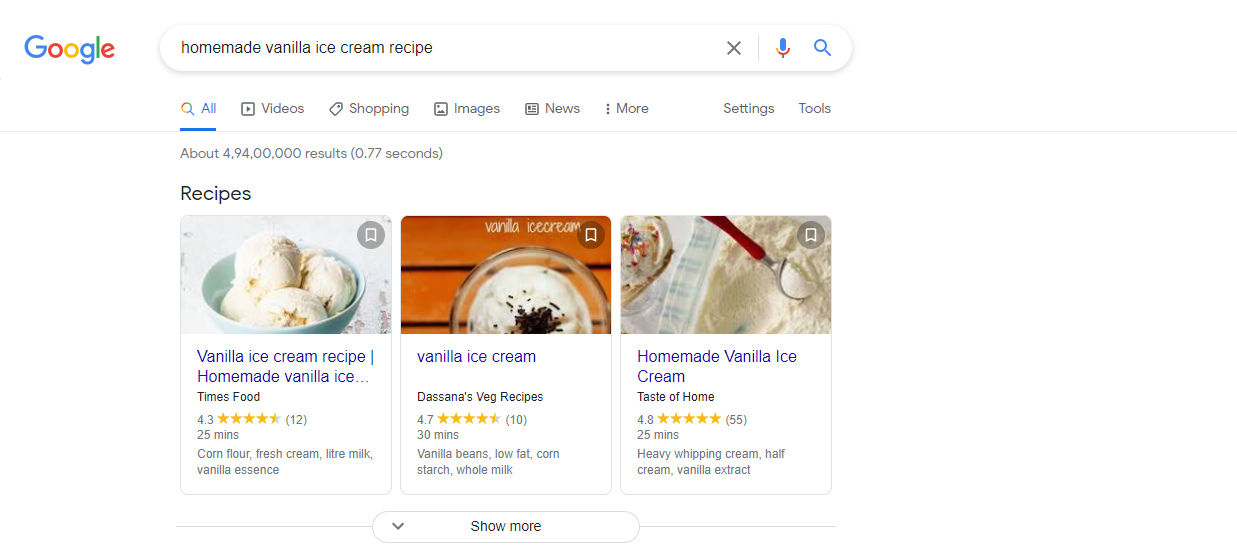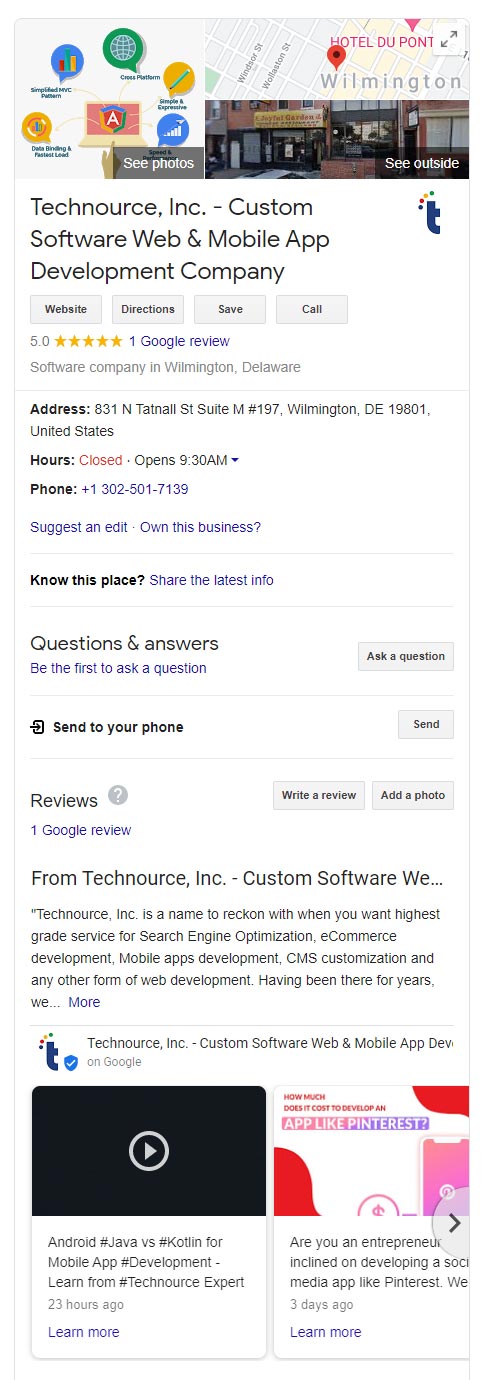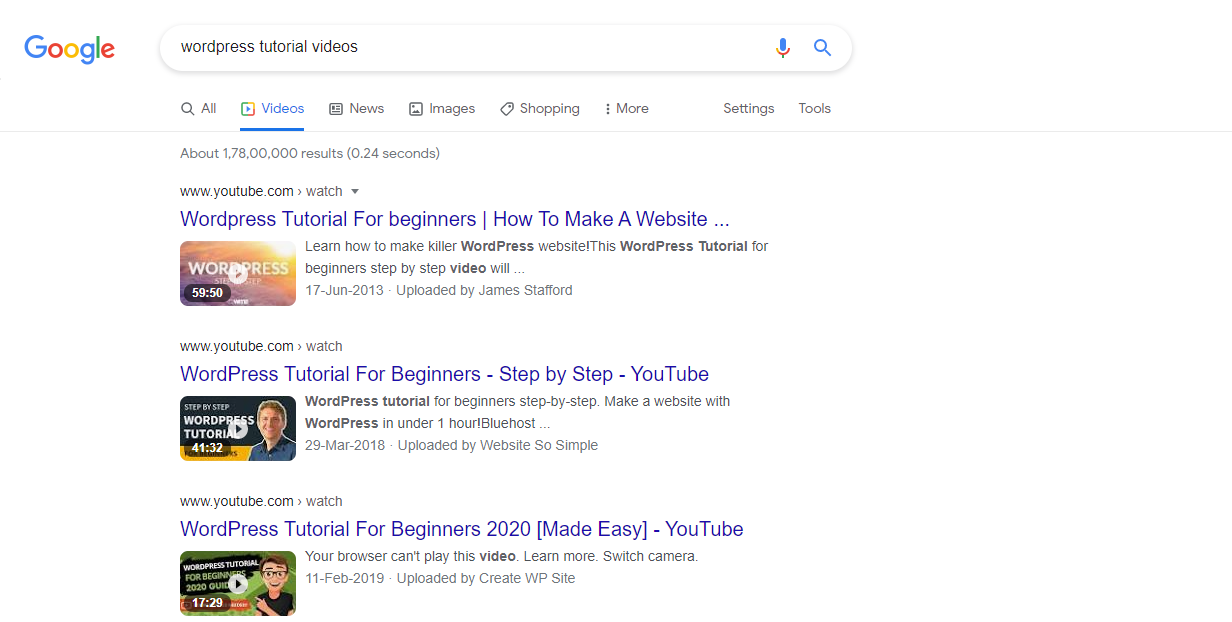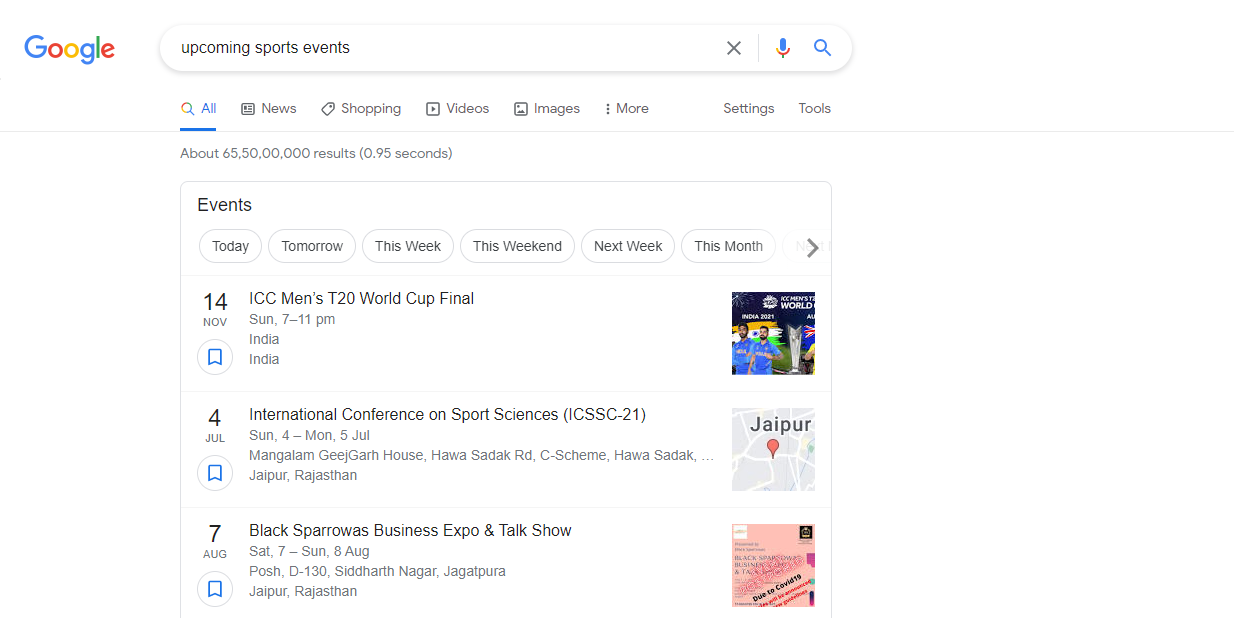A Beginner’s Guide to Understanding How Structured Data Works
Introduction:
Its been years since the concept of structured data has been introduced to the world. SEOs talk about them all the time. Yet there lies a huge web of confusion around how structured data can prove to be beneficial for SEO purposes.
This blog is a brief guide to understanding the basics of structured data and how it can enhance your SEO process. So let’s get to it.
What is Schema Markup?
If you observe web pages consist of free form texts. This might make them easy for humans to read but don’t work well for computers. To overcome this problem in the year 2011, Google, Bing, Yandex, and Yahoo collaborated to make a list of entities and attributes that their search engines would support.
This was known by the name Schema.org. Using this you can provide the information their search engines need to help understand your content better and provide relevant search results.
So schema markup is a code or semantic vocabulary that you can add to your website to assist search engines in showcasing more informative results for users. One can also create enhanced descriptions that appear in the search results.
As the vocabulary for the same is standardized, you can also add schema markup to your website’s HTML. You can enhance the understanding of your web pages for search engines to return richer and informative results.
Using schema markup one can exercise benefits such as easy storage, retrieval, analysis, and display. So, Schema Markup can help clear up things when Google doesn’t know if your page’s information is about a pop star or a comedy club.
In the age of RankBrain and Hummingbird, schema markup is extremely important. The quality of a search result is directly impacted by how a search engine interprets the context of a query.
What is Structured Data?
Structured data is also known as linked data. It’s a way to offer better access to information by organization. In simple terms, it’s known as the information behind the information or metadata. As the concept possesses a relation to coding, it might be difficult to grasp for many.
The concept is similar to that of a database. In a database, terms are stored concerning other terms. To understand it better you can imagine an Excel spreadsheet. You create a column termed ‘Names’ and below you mention the names of the related individuals. As a whole, the structure this data forms has a definite meaning.
To add structured data to your web pages you can refer to schema.org or you can also hire SEO experts for the same.
For instance, you have a product ‘One Plus 9R’ that has a list of the following terms or items and their values.
Name:– One Plus 9R
Price:– Starting at 535 USD
Colors:– Astral Black, Artic Sky, & Winter Mist
Charging:– Warp Charge 65 Power Adapter
Search engines can understand your content way better with structured data. For instance, if you want to publish a blog post, here’s a format that you can try.
(Note: Please ask the designer to change the color and text of the design)
Google also offers thorough documentation on structured data.
If you use WordPress, the platform provides plenty of plugins that you can choose from.
Schema vs Microdata vs Structured Data
What is the Difference between Schema, Microdata, and Structured Data?
To add to our understanding let’s browse through the difference between the preceding 3 terms.

Schema:

Microdata:

Structured Data:
What are Featured Snippets?
Featured snippets are organic search results that appear at the top of a Google search. These are special boxes that reverse the format of regular search.
They are also known by the name “Answer Boxes” to answer a user’s question right away. The result or answer being “featured” adds additional to the recognition of a given brand.
The below-mentioned studies act as proof for the preceding claim.
- According to a report by Ben Goodsell, once an answer is placed as a snippet the click-through rate (CTR) increases from 1% to 8%. This also increases the revenue from organic traffic by 677%.
- ConfluentForms.com has observed a 20-30% increase in traffic while they observed a featured snippet for a query, as per a report by Eric Enge.
Types of Featured Snippets:
You will notice that there are 3 major types of snippets that get featured.
- List – Here the answer is given in form of a list. For example, top 5 PHP frameworks in 2021.
- Paragraph – Here the answer to a query is given in form of a textual paragraph that may or may not have a featured image. For example, what is cloning in cybersecurity?
- Tables – Here the answer is in table form. For example, the difference between PHP and HTML in tabular form.
As per research done by Getstat, the ‘Paragraph’ type snippet is the most popular form of featured snippet.
Are all Featured Snippets called Answer Boxes?
‘Answer Boxes’ is a loose terminology for all the ‘Featured Snippets’. As the answer we observe is presented to us in a box we get inclined on referring the same as ‘answer boxes’. But this is a confusing term as many a time Google provides us with the quickest of answers without mentioning or linking the source below.
Here’s an example of the same.
You can avoid confusion by using the term ‘Featured Snippet’ when you observe the presence of a URL in the box. They are important for content publishers as they offer the desired recognition to a mentioned website.
Here’s an example of the preceding.
Chances of Me Getting Featured?
99.58% of the featured pages are already among the top 10 searches of Google, as per research done by Ahrefs. So, you hold a good chance of getting featured if you’re already ranking high for the related search queries.
Yet, as per another study done by Getstat, a good 70% of the snippets come from sites that don’t rank in the first position. So, your page can rank anywhere in the top 10 and still get featured.
Wikipedia happens to be one of the most featured sites. So, it’s extremely hard to beat Wikipedia for a particular search query, yet you should always try your best.
Here’s a list of all the search queries that get featured most often.
- DIY answers or processes
- Healthcare
- Finance
- Mathematical
- Requirements
- Status
- Transitional
What are Rich Snippets?
There are two types of snippets offered by Google when you make a particular search. The first is called a ‘normal snippet’ while the second being a ‘rich snippet’.
There are dozens of rich snippet types to choose from. Your first task would be selecting the type of rich snippet you want to get featured. Once you choose the snippet you can narrow in on the structured markup that can get you the same featured on the SERPs.
Let’s understand the same with an example. I was searching for an ‘Ice cream recipe’ which gave me a result with normal and rich snippets.
A normal snippet looks like this:
As you can observe, Google portrays the URL in black color with the Title in blue followed by a description of the page.
As opposed to this a rich snippet offers other essential information, hence known as a rich snippet. It can look like this:
Reviews, Recipes, Estimated Time, Calories:
As you can see the snippet offers URL, title, and description as a normal snippet. In addition to this, it also offers a photo of the ice cream, a rating of the recipe, time is taken for you to cook it, and the calories it contains.
As you perform different searches you will notice that there are different types of rich snippets provided by Google. It depends on your query and the type of content a particular website or company is providing.
Here is another type of rich snippet offered by Google.
Options: 4 options to choose from for a single search.
Organization: Snippets that offer information related to a particular organization:
Top Stories: Google news-approved websites get featured in the box named ‘Top Stories’.
Videos: Video markups can help Google understand more about your video content and get it featured on the top. Moreover, Google also offers a timeline for the first video.
Upcoming Events: Google can list time, dates, place, and more related to a particular event.
How is Rich Snippets Important from SEO Perspective?
Now that you know the importance of rich snippets you should learn what value do they bring to the table. As you observed in the search results, the rich snippets stand out from other snippets. They grab a user’s attention and offer necessary information instantly.
They enhance the visibility of your website and contribute hugely to your click-through rate. And as common psychology prevails, users prefer to click on them because they offer more information.
One can also increase their site’s traffic by having a higher click-through rate. This surely doesn’t happen as you’re ranking on the search engine has improved but because more people are clicking on your result. They stand out as compared to others.
How do you Get Rich Snippets Featured?
The best way for Google to show rich results or snippets is by adding structured data to your site. As we learned above structured data is a piece of code in a format that is understood by the search engines. If you have followed the right format then the search engine would use it to create rich results.
What is the difference between Schema & Rich Snippets?
Rich Snippets
Using schema markups may or may not result in rich snippets. The efficiency of the algorithm and the quality of your content decides if a search engine query would or wouldn’t benefit from a rich snippet box.
Rich snippets include thumbnail photos, microformats, star ratings, Google My Business ratings.
Schema Markup
Schema markup is a collection of HTML tags that are added to your website code. When gathering results on the web, Google notes the additional data to feature specific information.
You can use microdata and JSON-LD as schema data. JSON-LD uses substantial code to make changes in your website while microdata emphasizes certain aspects of a particular web page.
Wrapping Up:
This brings us to the end of this blog. We learned a great deal about how the concept of structured data works. Let’s catch a recap of the same.
- Brief understanding of the concepts of schema markups and structured data.
- Difference between schema, microdata, and structured data.
- Insight into featured snippets.
- Different types of rich snippets, their importance in SEO, and how to get them featured.
- Difference between schema and rich snippets.
Understanding how structured data works best for your webpage can be a cumbersome task for a few. Here’s where the services of an IT services provider can come in handy. We are a Digital Marketing company. Our Digital Marketing team and content specialists can assist you in designing the content of your website.
Following the right practices can instantly increase your click-through rate and directly affect your SERPs. To learn more about structured data and how to plan your web content get in touch with us. You can sign up for a free consultation on our website or give us a call. We would be happy to help you. Thank you for reading.
Request Free Consultation
Amplify your business and take advantage of our expertise & experience to shape the future of your business.


